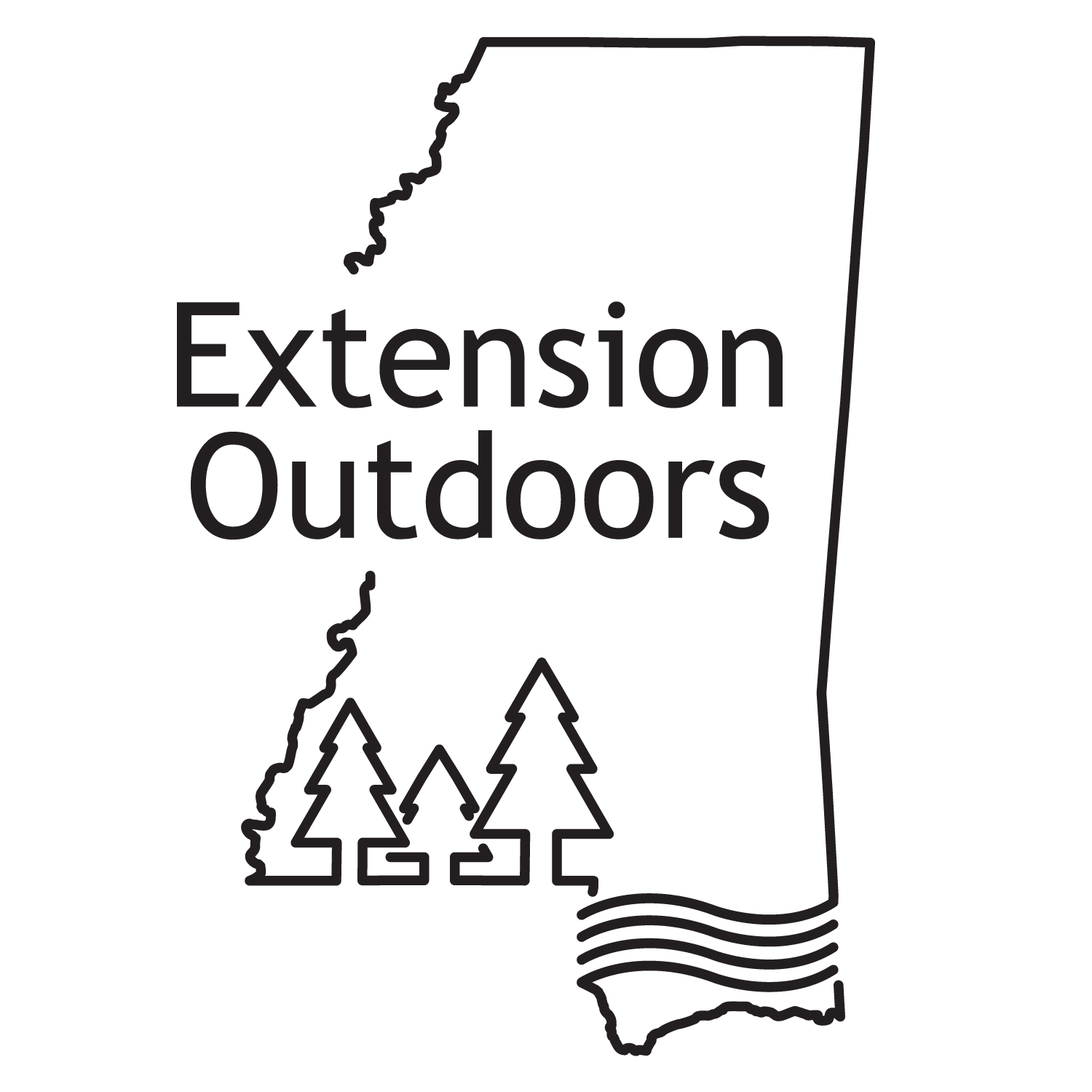Information Possibly Outdated
The information presented on this page was originally released on November 2, 2018. It may not be outdated, but please search our site for more current information. If you plan to quote or reference this information in a publication, please check with the Extension specialist or author before proceeding.
Create brush piles for wildlife habitat
MSU Extension Service
RAYMOND, Miss. -- Instead of contributing to landfills or creating more work for waste management employees, consider piling up fallen branches, sticks and leaves to make a backyard wildlife shelter.
As winter approaches, it is a good time to begin preparing backyards to serve as wildlife-friendly reprieves from the cold weather.
Essential elements for any wildlife-friendly backyard are cover, food and water. In the winter, cover shields wildlife from wind, rain or extreme cold, which helps reduce the amount of energy an animal uses to regulate its body temperature. Cover also provides protection from aerial and ground predators that are abundant in most backyards. Properly placed cover can provide food through seeds, berries, insects and other prey.
Fall is a great time to focus on providing immediate and effective cover for wildlife with projects like making brush piles because there is so much available material. Brush piles are very simple structures that any homeowner can build. The first step is to identify an area with low human activity to locate the brush pile. Second, begin construction by crisscrossing several larger limbs to create the main structure, or the bones of the brush pile.
The size of the pile will vary depending on the dimensions of the area and yard debris available, but bigger is usually better. The last step is adding smaller sticks and leaf litter to partially fill in the gaps to help insulate the inside of the structure. Ground beneath a brush pile remains moist, attracting key food sources like insects and other invertebrates.
Remember that the pile is a living organism in itself and will naturally break down over time in the environment. Maintaining pile integrity will require additional organic debris, such as a live, decoration-free Christmas tree. Once complete, the brush pile will attract birds and mammals, providing you and your family viewing pleasure through the cold winter days.
Don’t forget, both the construction and maintenance of your brush pile are great opportunities to introduce children to nature in their own yard. After all, a brush pile is essentially a wildlife fort, and who better than a young child to help build a fort?
For more information on developing a wildlife friendly yard, download Mississippi State University Extension Publication 2402, “Establishing a Backyard Wildlife Habitat,” located at http://bit.ly/2CXGKOH.
As winter approaches, it is a good time to begin preparing backyards to serve as wildlife-friendly reprieves from the cold weather.
Essential elements for any wildlife-friendly backyard are cover, food and water. In the winter, cover shields wildlife from wind, rain or extreme cold, which helps reduce the amount of energy an animal uses to regulate its body temperature. Cover also provides protection from aerial and ground predators that are abundant in most backyards. Properly placed cover can provide food through seeds, berries, insects and other prey.
Fall is a great time to focus on providing immediate and effective cover for wildlife with projects like making brush piles because there is so much available material. Brush piles are very simple structures that any homeowner can build. The first step is to identify an area with low human activity to locate the brush pile. Second, begin construction by crisscrossing several larger limbs to create the main structure, or the bones of the brush pile.
The size of the pile will vary depending on the dimensions of the area and yard debris available, but bigger is usually better. The last step is adding smaller sticks and leaf litter to partially fill in the gaps to help insulate the inside of the structure. Ground beneath a brush pile remains moist, attracting key food sources like insects and other invertebrates.
Remember that the pile is a living organism in itself and will naturally break down over time in the environment. Maintaining pile integrity will require additional organic debris, such as a live, decoration-free Christmas tree. Once complete, the brush pile will attract birds and mammals, providing you and your family viewing pleasure through the cold winter days.
Don’t forget, both the construction and maintenance of your brush pile are great opportunities to introduce children to nature in their own yard. After all, a brush pile is essentially a wildlife fort, and who better than a young child to help build a fort?
For more information on developing a wildlife friendly yard, download Mississippi State University Extension Publication 2402, “Establishing a Backyard Wildlife Habitat,” located at http://bit.ly/2CXGKOH.

Editor’s Note: Extension Outdoors is a column authored by several different experts in the Mississippi State University Extension Service.
Released: November 2, 2018
Contacts: Dr. Adam Rohnke
News Story Contact
Assistant Extension Professor
Urban Wildlife
Wildlife and Fisheries Enterprises
Mississippi Master Naturalist Program
Your Extension Experts
Related News
May 10, 2019
May 3, 2019
April 18, 2019
March 15, 2019
March 4, 2019
Pages
Related Publications
Publication Number: P3406
Publication Number: P3482
Publication Number: IS1944
Publication Number: P2283
Publication Number: P2466








